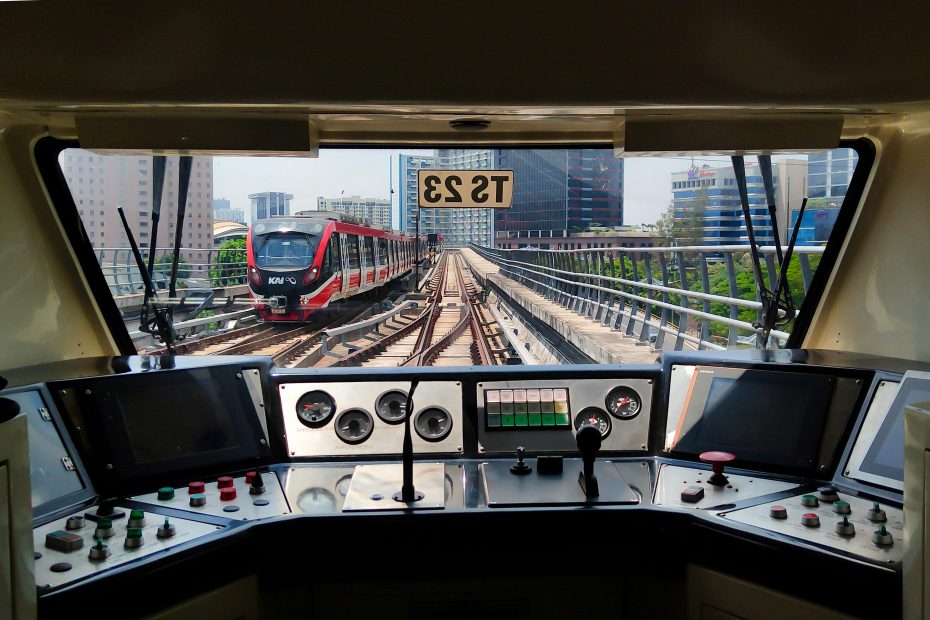How Does a Matrix Processor Compare to a Digital Mixer?
In the ever-evolving world of audio and video technology, two devices frequently stand out for their importance: the matrix processor and the digital mixer. Both play pivotal roles in managing signals, but their functionalities, applications, and advantages vary significantly. Understanding these differences can help users choose the right device for their needs. In this article, we’ll explore how a matrix processor compares to a digital mixer, helping you make an informed decision.

What Is a Matrix Processor?
A matrix processor is a device designed to manage, route, and process multiple input and output signals. It is widely used in audio-visual (AV) systems, conferencing setups, and large-scale installations where signal distribution is essential.
Key Features of a Matrix Processor:
- Routing Capabilities: Matrix processors allow signals from multiple inputs to be routed to any combination of outputs.
- Scalability: They can handle complex setups, making them ideal for large installations.
- Signal Processing: Many matrix processors include built-in signal processing features like equalization and delay adjustment.
Matrix processors are essential for scenarios where precise signal management and distribution are critical.
What Is a Digital Mixer?
A digital mixer, on the other hand, focuses on mixing multiple audio signals. It provides advanced tools for adjusting levels, applying effects, and optimizing audio quality for live or recorded sound.
Key Features of a Digital Mixer:
- Mixing Controls: Digital mixers allow fine-tuning of audio levels and balance.
- Built-in Effects: Many mixers include effects like reverb, compression, and EQ.
- User Interface: Most digital mixers feature tactile controls and digital displays for real-time adjustments.
Digital mixers are widely used in live sound environments, recording studios, and broadcasting setups.
Matrix Processor vs. Digital Mixer: Key Differences
Matrix Processor Capabilities
Signal Routing
Matrix processors excel in routing signals. For instance, in a conference room, a matrix processor can route audio from a microphone to speakers, a recording device, and a video conferencing system simultaneously. This flexibility is unmatched by most digital mixers.
Scalability
Matrix processors are designed to handle complex and scalable systems. They can manage dozens of inputs and outputs without compromising performance, making them ideal for venues like theaters, stadiums, and large event spaces.
Multi-Media Integration
In addition to audio, matrix processors often handle video signals. This multi-media capability is essential in AV environments where seamless audio and video integration is required.
Digital Mixer Features
Advanced Audio Processing
Digital mixers shine when it comes to detailed audio adjustments. They provide precise control over individual channels, enabling sound engineers to optimize the audio mix for live performances or studio recordings.
Effects and Customization
With built-in effects like reverb, delay, and compression, digital mixers allow users to enhance sound quality directly. This feature is particularly beneficial in music production and live sound scenarios.
Real-Time Control
Digital mixers often include physical faders and knobs, offering hands-on control. This real-time adjustability is critical in dynamic environments like concerts and live broadcasts.
Applications: Where Does Each Device Shine?
Matrix Processor Use Cases
Corporate Environments
Matrix processors are commonly used in corporate setups for managing AV systems in boardrooms, conference halls, and training centers. They ensure seamless signal distribution and integration.
Large Venues
In stadiums, theaters, and arenas, matrix processors manage extensive AV systems, ensuring high-quality signal distribution across vast spaces.
Multi-Zone Audio Systems
Matrix processors excel in multi-zone setups, allowing different audio sources to play in various areas simultaneously. This feature is invaluable in hospitality and retail environments.
Digital Mixer Use Cases
Live Sound
Digital mixers are indispensable in concerts and live performances, where precise audio control is required to deliver the best sound experience.
Recording Studios
In music production, digital mixers provide the tools needed to create polished audio mixes with effects and fine-tuned adjustments.
Broadcasting
Broadcasters use digital mixers to manage multiple audio sources and deliver clear, balanced sound to audiences.
Which Device Should You Choose?
When to Opt for a Matrix Processor
- You need to route multiple inputs to multiple outputs.
- You’re managing audio and video signals in a complex AV setup.
- Scalability and integration are priorities.
When to Choose a Digital Mixer
- Your primary focus is on mixing and optimizing audio signals.
- You’re working in live sound, music production, or broadcasting.
- Real-time audio adjustments and effects are essential.
Benefits of Using Both Devices Together
In some scenarios, combining a matrix processor with a digital mixer can deliver the best of both worlds. For example:
- In a large event space, a matrix processor can handle signal distribution, while a digital mixer manages the audio mix for live performances.
- In a recording studio, a matrix processor can route audio and video signals, while the digital mixer ensures high-quality sound production.
Choosing between a matrix processor and a digital mixer depends on your specific needs. A matrix processor excels in routing and managing complex setups, making it ideal for AV environments and large venues. On the other hand, a digital mixer offers unmatched audio control and customization, perfect for live sound and music production.
If you’re still unsure which device suits your requirements, consider the possibility of integrating both. Together, they can provide a comprehensive solution for even the most demanding audio and video setups. By understanding the unique strengths of each device, you can make an informed decision and optimize your system for success.
